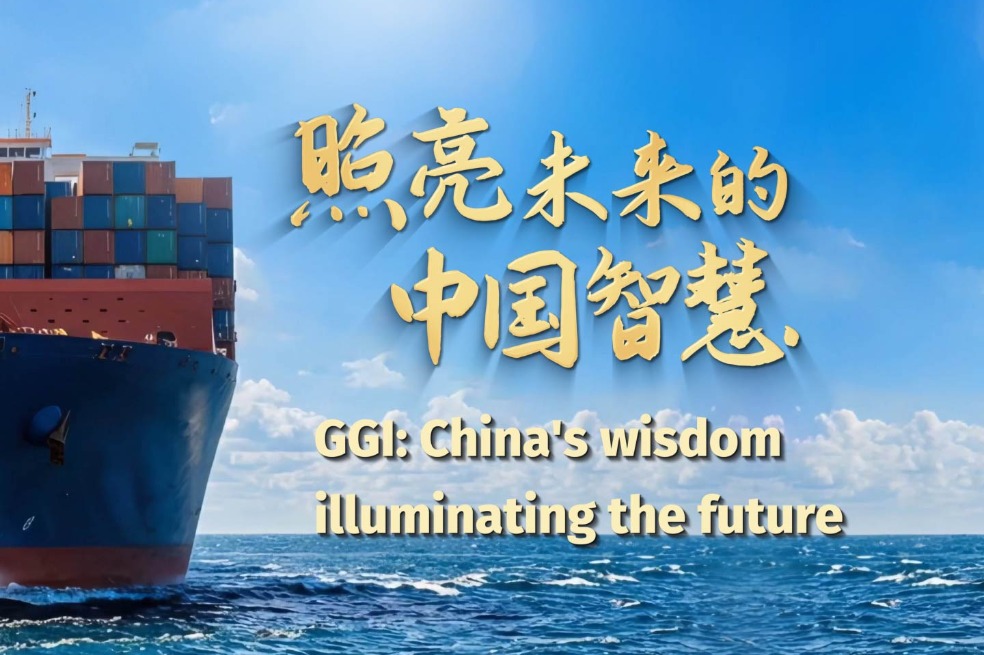China and the World Trade Organization


IV. China Is Actively Advancing Opening-Up to a Higher Level
Fulfilling China's WTO commitments has never been the end point of its opening-up. In the face of the overwhelming trend of economic globalization and its winding path, China keeps pace with the times, takes firm steps to expand opening-up, and makes continuous efforts to open up in a more comprehensive, profound and diversified way, with a view to achieving greater mutual benefit and win-win outcomes.
1. Promoting balanced development of trade
China pursues a trade strategy of mutual benefit, win-win, diversification and balanced development. It endeavors to raise the quality and added-value of its exports, proactively increase imports, and better integrate into the global value chains. China never deliberately pursues trade surplus in goods. At the same time, China takes an objective view toward existing trade deficit in services. The country always welcomes imports that diversify market supply, improve people's quality of life, and upgrade its industrial structure. In recent years, on top of its commitments to the WTO, China has self-initiated significant reductions to import tariffs on an interim basis for multiple times. According to the WTO, China's trade-weighted average import tariff rate had fallen to 4.4 percent in 2015, only 1.5 to 2 percentage points higher than those of developed economies such as the US and the EU. By the end of 2017, China had reduced tariffs on more than 900 tariff lines. At the 2018 Boao Forum for Asia Annual Conference, China announced plans to further reduce import tariffs and to import more high-quality, distinctive products that meet the strong demand of the Chinese people.
2. Facilitating international trade
China's efforts to implement the WTO Trade Facilitation Agreement, which entered into force in February 2017, have resulted in impressive improvement in China's trade facilitation. The average time for customs clearance has been reduced to less than 20 hours for imports and less than two hours for exports. China has accelerated the establishment of a single window for international trade. By the end of 2017, the China International Trade Single Window had been connected to 11 authorities and agencies responsible for border control and covered basically all major import and export procedures. This one-stop system enables traders to use a single entry point to declare freight and taxes with a single submission of documents, and track the results after a single joint inspection by the participating authorities. It has accelerated the modernization of China's port management. China will further optimize supervision and management approaches, reform port administration regime and streamline procedures and reduce costs for import and export, to create a more business-friendly environment at the port.
3. Substantially widening market access for foreign investment
China has adopted a foreign investment administration model of pre-establishment national treatment plus negative list. This move marks an institutional reform in response to new developments in economic globalization and changes in international rules for investment. In September 2016, the Standing Committee of the National People's Congress amended four laws including the Law on Foreign Invested Enterprises. For those foreign-invested enterprises not subject to the special administrative measures on access to foreign investment (the negative list), their establishment and changes are now administered by a "filing for record" approach instead of the examination and approval system. In the first half of 2018, revision of the negative list for foreign investment was completed and the "Notice of the State Council on Measures for Using Foreign Investment Actively and Effectively to Promote High-Quality Economic Development" was issued to further widen market access considerably. China is making efforts to steadily liberalize its financial sector, constantly open up the services industry, and deepen the opening-up of agricultural, mining and manufacturing sectors.
As regards the shipbuilding industry, China will lift foreign equity caps for companies engaged in the design, manufacturing and repair of vessels in 2018. Moreover, China will lift foreign equity caps on airplane manufacturing of trunk airliners, regional jets, utility aircraft, helicopters, drones and lighter-than-air aircraft. In the automobile industry, China will remove foreign equity caps on manufacturing of special-purpose vehicles and new-energy vehicles, and phase out those on all automotive ventures over the next five years.


































